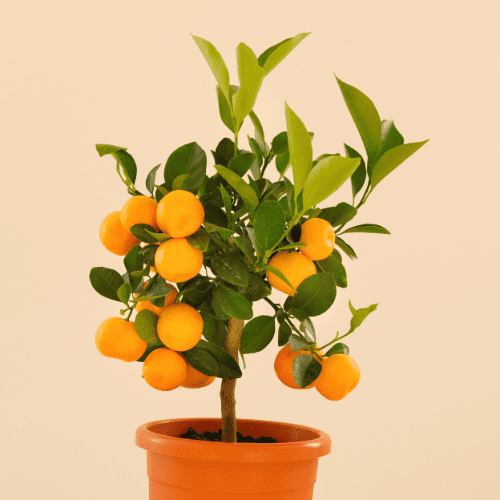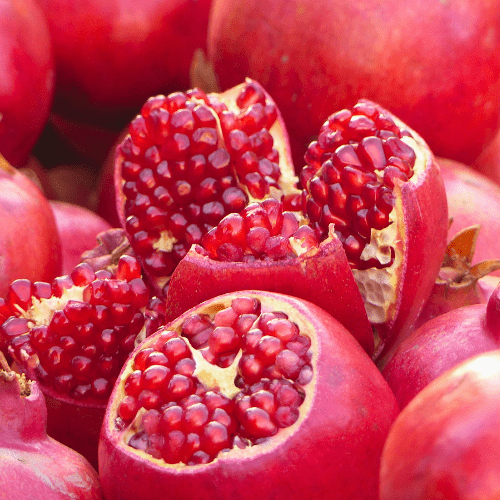Soil
They prefer well-drained soil with a pH range of 5.5 to 7.5. Sandy loam or loamy soils are ideal for good root development and water drainage. You can add a bag of acid compost when planting to achieve a slightly acidic soil.
Watering
While mature pomegranate trees are drought-tolerant, young trees require regular watering until established. Once established, water deeply but infrequently, allowing the soil to dry out between waterings.
Mulching
Apply 2 to 5 centimetres of pine bark mulch to protect the roots from UV damage and drying out. It retains moisture, and maintains an optimal pH. Do not let the mulch touch the plant stem, as it may cause infection or rot.
Fertilising
To support growth and fruiting, apply one teaspoon every 4-5 months of our berry and fruit slow release fertiliser. Press the fertiliser balls gently under the soil and add a layer of mulch, moving the mulch away from the plant stem.
Pruning
Prune Litte Charlie pomegranate trees to maintain an open canopy and promote air circulation. This helps prevent diseases and encourages fruit production on outer branches.
Pest and Disease Control
Aphids, citrus psylla, red scale, citrus greening. Spraying regularly with Agricultural Neem Oil or Effective Microorganisms (EM Control ) will assist in either prevention or after the fact. If you already have aphids or mites, wash the tree with a harsh hosing, and when dry, spray with Neem oil or EM Control.
Practice good garden hygiene (remove fallen fruit and leaves).
Watch for root rot (if overwatered) and fungal infections during wet periods.








